The Exhibition of All Time
2017-04-25
The exhibition “A History of the World in 100 Objects” utilizes 100 articles to trace human history across 2 million years and reference every civilization in the whole world. Since its inception in 2014, the exhibition has toured cities including Abu Dhabi, Taipei, Tokyo and Canberra and welcomed more than a million spectators.
In March 2017, the exhibition arrived at the National Museum of China in Beijing, where it has invited the Chinese public to travel through time and enjoy the essences of various civilizations.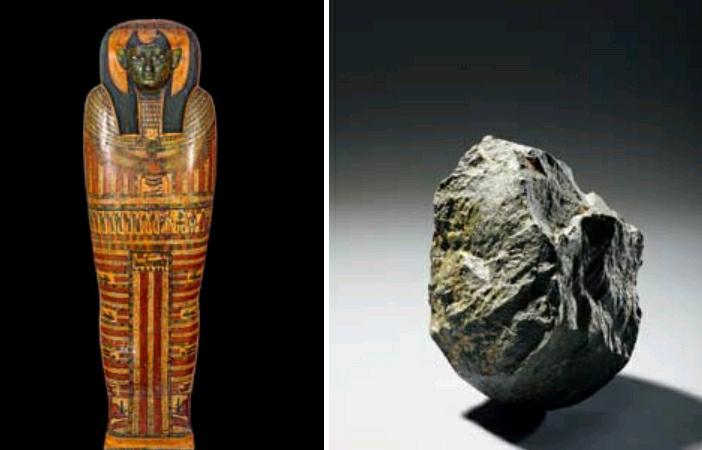
Origin of the Exhibition
The exhibition originated from a radio program called A History of the World, which was jointly produced by the British Museum and the British Broadcasting Corporation (BBC) in 2010. The 100-episode program was narrated by Neil Macgregor, then director of the British Museum, and traced human history of 2 million years via the stories of 100 of the objects housed in the museum. The program grew so much in popularity that it once attracted 11 million listeners at once. A book based on the program, A History of the World in 100 Objects, was soon published and became a bestseller. In 2012, the British Museum decided to select 100 objects, including some of those mentioned in the radio program and book, to feature in a touring exhibition, which was formally launched in 2014.
Chosen from 8 million treasures housed in the British Museum, the 100 objects range from an Olduvai stone chopping tool made 1.8 million years ago to a modern solar-powered lamp, covering five continents.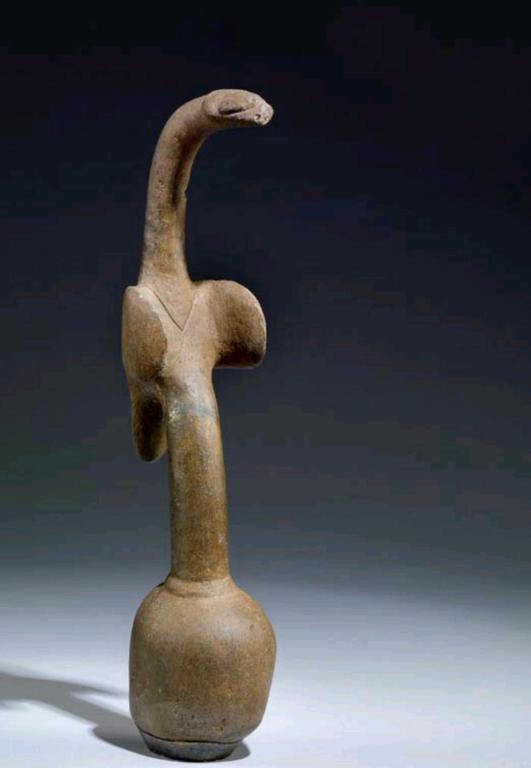
The preface of the exhibition displays only one item, the Egyptian Inner Coffin of Shepenmehyt, from 600 BC. At a glance, the coffin looks the same as others from ancient Egypt, but its wood came from Lebanon, gold from Nubia, lapis lazuli from Afghanistan and pitch from Iraq. The coffin embodies the basic concept of the exhibition: It aims to highlight the commonalities and exchanges between civilizations rather than their differences. Although cultures show different features, they face, and try to solve, similar problems. Differences between cultures should not result in disputes, but opportunities to learn from each other.
“Cultures from all around the globe should be represented and be able to be viewed side by side,” says Dr. Belinda Crerar, a curator from the British Museum. “We hoped to illustrate how similar concerns and desires have motivated the development of human societies in all parts of the world and are reflected in the objects that they have made.”
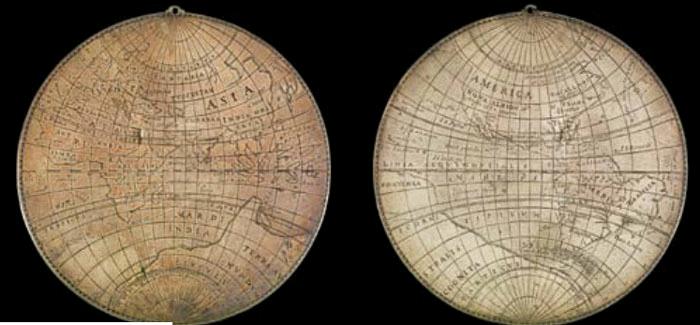

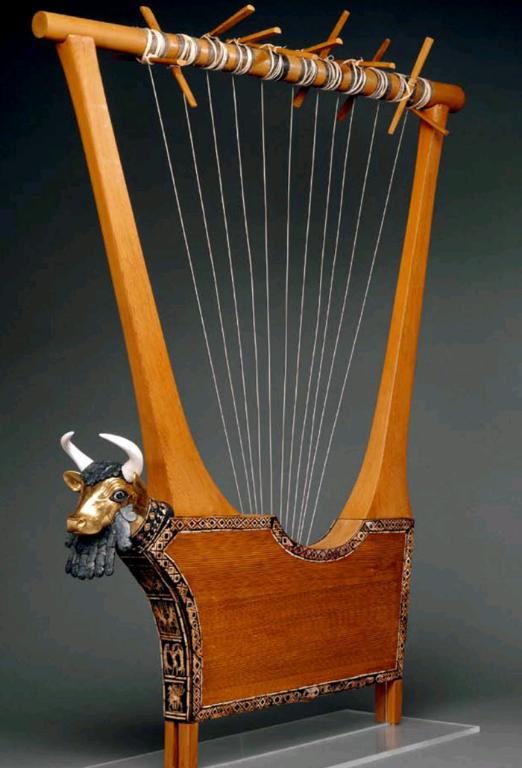
Beijing Stop The exhibition features nine Chinese objects, of which a 3,000-year-old bronze ritual vessel is the most famous. The vessel was discovered in 1931 at Xincun Village in Junxian County, central Chinas Henan Province, and bought by a cultural relic dealer. In 1977, it was donated to the British Museum by Brooke Sewell, a banker and merchant. The exhibition marks the vessels first return to China since leaving. The British Museum holds about 30,000 Chinese objects, including the Admonitions Scroll, a precious 6th-century Chinese painting that was featured in the radio program. However, it didnt make its way to the touring exhibition.
“Only 45 exhibits were mentioned in the book,” reveals Dr. Yan Zhi, curator of the National Museum of China. “Of the other 55 items, some resemble objects from the book, but most have nothing to do with it. However, the central theme remains consistent.” The curators tailored the selection to fit each city the exhibition toured, to some extent.
“We want to keep it as close to the original series as possible, but sometimes an object cannot be displayed for conservation reasons, and at other times it is because of the huge scale [of objects],”explains Crerar. “So, we try to look for objects in the collection, which can maintain the narrative of the original series. In some cases, when that is not possible, we have added new objects and new stories.”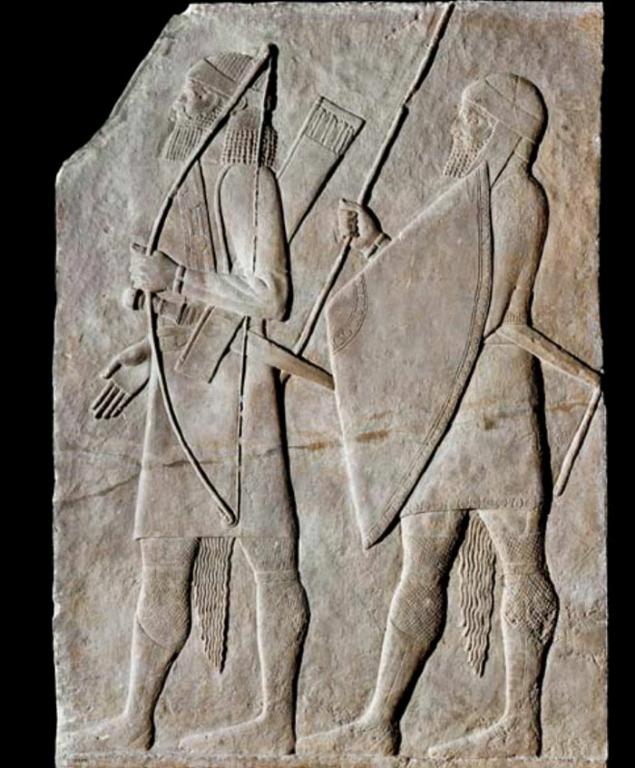
Six of the Lewis chessmen have made the trip to Beijing. The chess pieces were found in the vicinity of Uig on the Isle of Lewis in Scotland. Made of walrus ivory, the chess set is so sensitive to the environment that it has to be kept in a cabinet with fixed temperature and humidity. Over a thousand years old, the set testifies to the civilization and political structure of Europe in the Middle Ages. The Flood Tablet recounts the story of the gods destruction of the world by means of a great flood, from the Epic of Gilgamesh—the first great epic of world literature. The hero, like the biblical Noah, builds a huge boat to rescue his family and every type of animal. When this tablet was first translated in 1872, it caused a sensation because the tablet was produced much earlier than the Bible.
Along with these treasures, a mass-produced counterfeit football jersey from 2010 and a credit card are displayed. The jersey is a replica of those worn by Englands Chelsea football club, which is owned by a Russian merchant and sponsored by South Koreas Samsung. The name on the jersey is Didier Drogba, a player born in Ivory Coast and raised in France. The shirt was made in Indonesia and sold in Peru. On display is also a credit card issued by Hong Kong and Shanghai Banking Corporation in the United Arab Emirates, displaying the brand Visa, which is an American company. The multi-polar origin of these exhibits is consistent with the ideas conveyed by the Inner Coffin of Shepenmehyt.
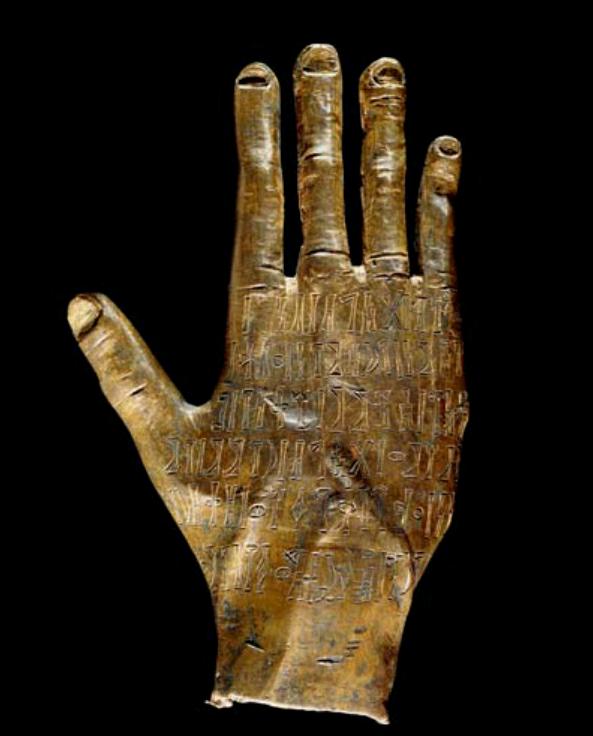
Object No. 101
Wherever the exhibition reaches, it asks the host to provide the 101st exhibit to display local flavor. The Beijing stop features a wooden hammer and a pen used to mark Chinas entry into the World Trade Organization (WTO) in 2001. “After 15-year negotiations, China gained a position in the WTO,” says Yan Zhi. “It has contributed tremendously to world trade and economic globalization. The meaning and age of these objects fit the exhibition.”
According to Hartwig Fischer, director of the British Museum, this exhibition was funded by the British government. When asked whether it is a signal of the British governments support for globalization even as the nation is leaving the European Union, Fischer answers, “The British Museum is a museum of the world, and for the world. We are the biggest lender among all big museums. We have profited from globalization and we are a dynamic factor in the process. This is what we want to continue.”
It is notable that a solar-powered lamp and mobile phone charger made in Shenzhen, China defeated a mobile phone and iPad to take the 100th spot. Theyre not the most elaborate technology available to us, said Dr. Crerar, but they enable people to have extensive communication without being tied to the electrical grid. She would like to see solar panels providing power to the most impoverished people in the world. The technology shows the achievements and creativity of mankind in the face of poverty and climate change.